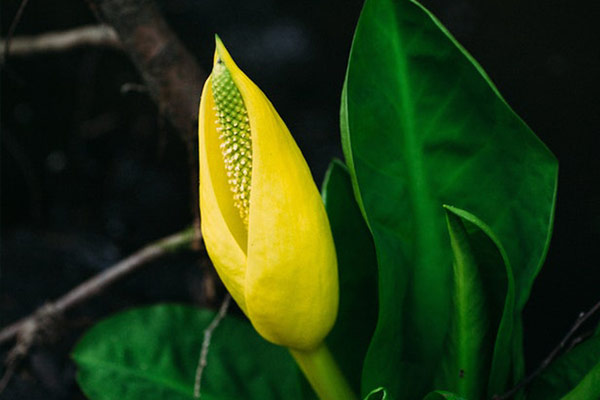In observing the movement of electrons from the standpoint of physics, we mistakenly believe that if an electron starts out in the east, moves south, west, north in that order, and then back to its starting point, it is the same electron; hence we call this “motion.” However, in observing the movement of electrons from the standpoint of Buddhism, we discover that when an electron appears to be revolving around the nucleus of an atom, the electron occupying the first degree of the orbit is already destroyed in its place; occupying the second degree up to three hundred sixty degrees of the orbit are countless electrons, all newly arisen and instantly destroyed in their place; these different electrons form the illusion of an orbit.
In the same way, the world we see actually exists only in an infinitesimal fraction of a second (one out of ten thousand parts of a second, possibly less). The world in the instant before has already disappeared; the world in the future has yet to come. Nonetheless, we believe the world exists in a continuum, permanently without change. This conclusion is the result of our deluded mind.
~ Depicted from ARE U READY FOR HAPPINESS : The Significance of Buddhist Philosophy Today











